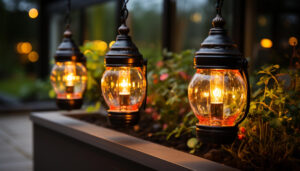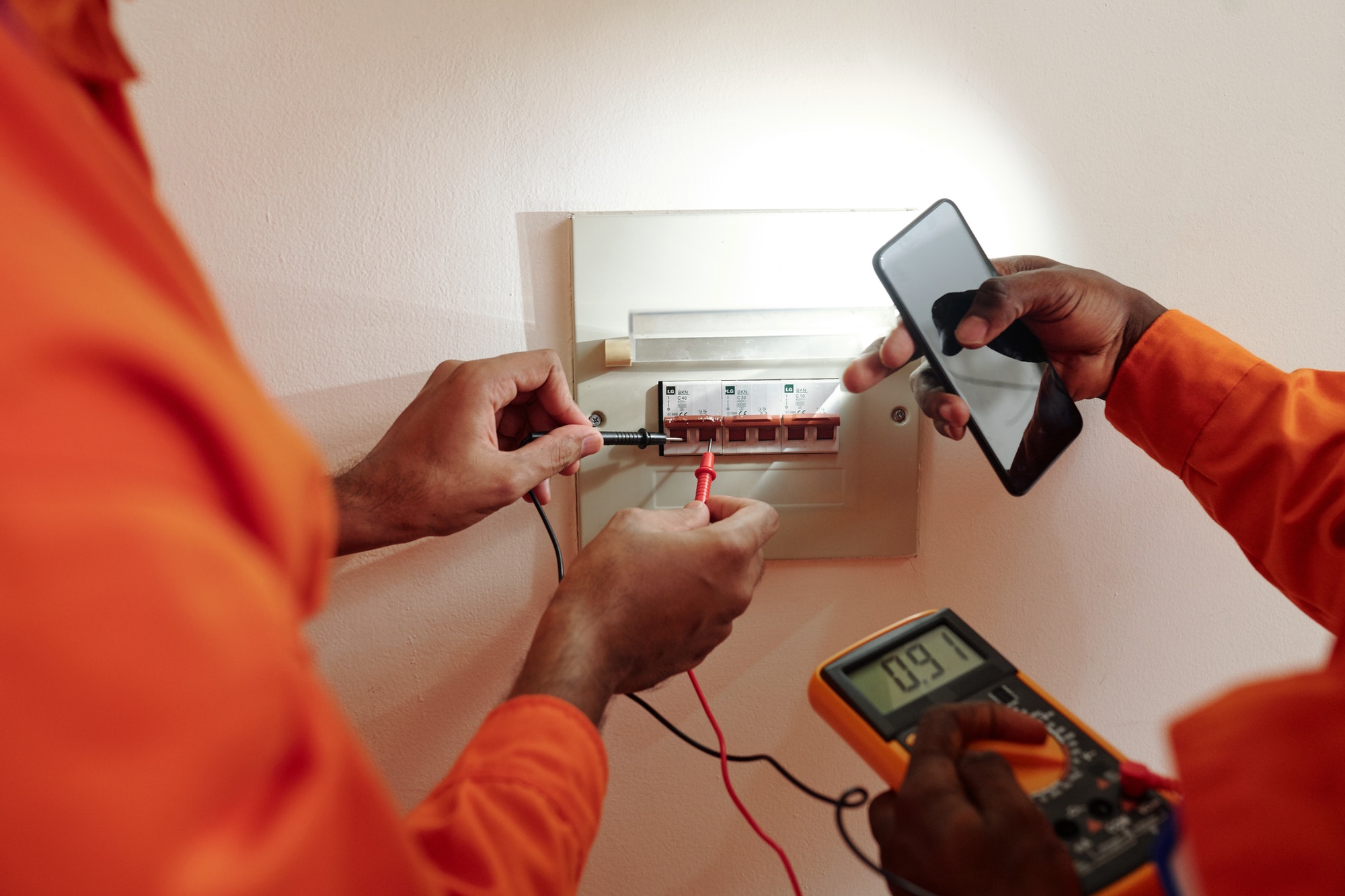LED (Light Emitting Diode) lighting has revolutionized energy consumption standards in lighting technology, offering significant benefits over traditional lighting solutions like incandescent and fluorescent bulbs. As more households and businesses look to maximize energy savings and reduce their environmental impact, understanding the advantages of LED lighting is more important than ever. Here’s a look at why LED lighting is a superior choice for both energy conservation and long-term cost-effectiveness.
1. Exceptional Energy Efficiency
One of the most compelling reasons to switch to LED lighting is its outstanding energy efficiency. LEDs use at least 75% less energy than incandescent lighting and about 50% less than fluorescents. This drastic reduction in energy use directly translates into lower utility bills, making LEDs an economical choice for both residential and commercial settings.
2. Longer Lifespan
LEDs significantly outlast traditional light sources. While an average incandescent bulb may last about 1,000 hours and a comparable fluorescent can last up to 10,000 hours, an LED can last up to 25,000 to 50,000 hours. This extended lifespan means fewer replacements, reducing the long-term costs and environmental impact associated with manufacturing, shipping, and disposing of light bulbs.
3. Durability
Unlike incandescent and fluorescent bulbs, which use fragile components such as filaments and glass, LEDs are solid-state lights. This means they are far more robust and can withstand bumping and jarring better, making them ideal for use in areas where physical impacts are more likely, such as sports facilities and outdoor settings.
4. Instant Lighting and Frequent Switching
LED lights brighten up immediately when powered on, which provides instant light with no warm-up time needed. This makes LEDs ideal for use in applications that require frequent on-off cycling, unlike fluorescent lamps that tend to wear out faster when cycled frequently.
5. Low Heat Emission
LEDs convert electricity into light efficiently, with very little waste heat produced compared to incandescent bulbs, which release 90% of their energy as heat. This not only makes LEDs safer, particularly where the heat output of traditional lighting can pose a fire hazard or where heat-sensitive products are involved, but also reduces cooling costs in climate-controlled environments.
6. Minimal Ultraviolet and Infrared Emission
LEDs emit virtually no ultraviolet (UV) or infrared (IR) light. This makes them suitable for illuminating sensitive objects like artworks or textiles that could degrade or fade over time when exposed to UV or IR radiation commonly emitted by traditional light sources.
7. Environmental Impact
LEDs have a smaller carbon footprint than incandescent and fluorescent bulbs. They are mercury-free, unlike fluorescent lamps that contain trace amounts of mercury and require special handling at the end of their life cycle. The reduced frequency of replacement also means that the impact on landfill waste is significantly lowered.
8. Flexibility in Color and Design
LED technology offers excellent control over color temperature and brightness, integrating seamlessly into dimming systems. This flexibility allows for a dynamic adjustment of lighting atmospheres, which is particularly beneficial in settings such as restaurants, galleries, and theaters.
Conclusion
Switching to LED lighting is not just an upgrade—it’s a smart and responsible choice for the future. The advantages extend beyond mere energy efficiency and cost savings, contributing to a reduction in overall environmental impact, improving safety, and enhancing the quality of light in our spaces. Whether for residential, commercial, or industrial applications, LEDs offer a powerful solution to meet modern lighting needs while promoting sustainability.







